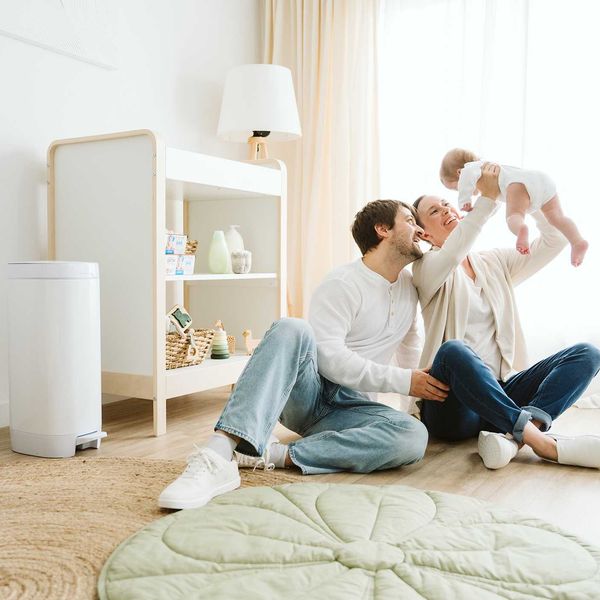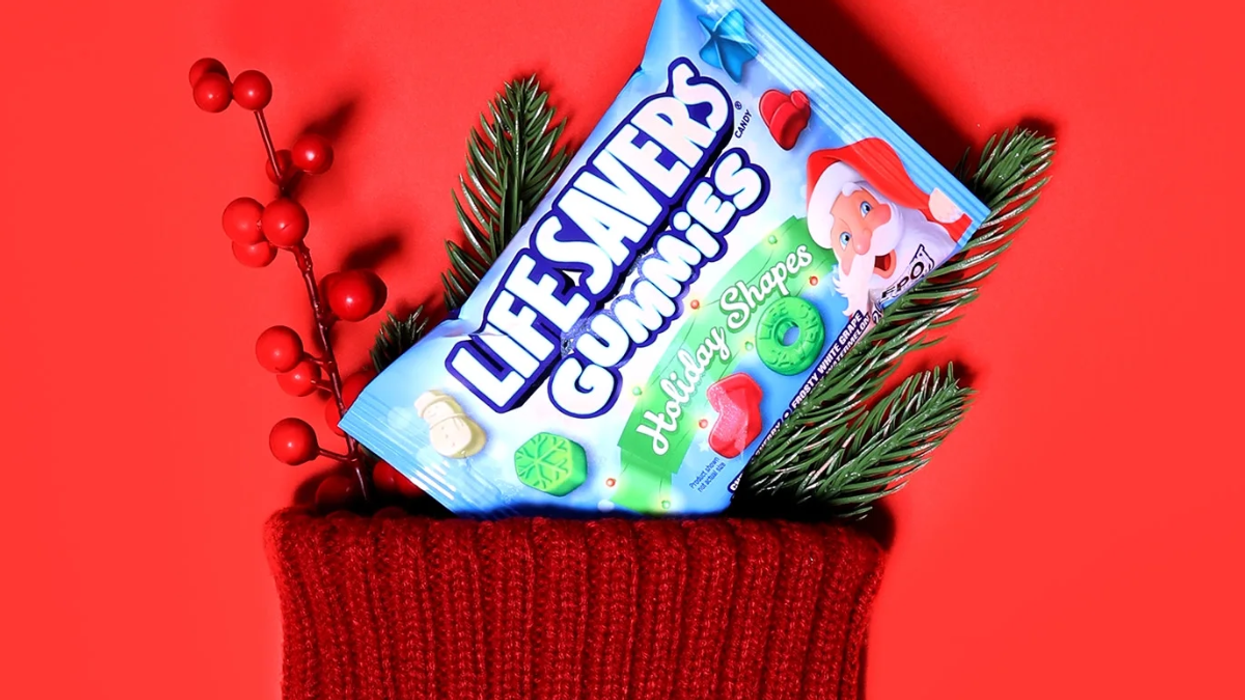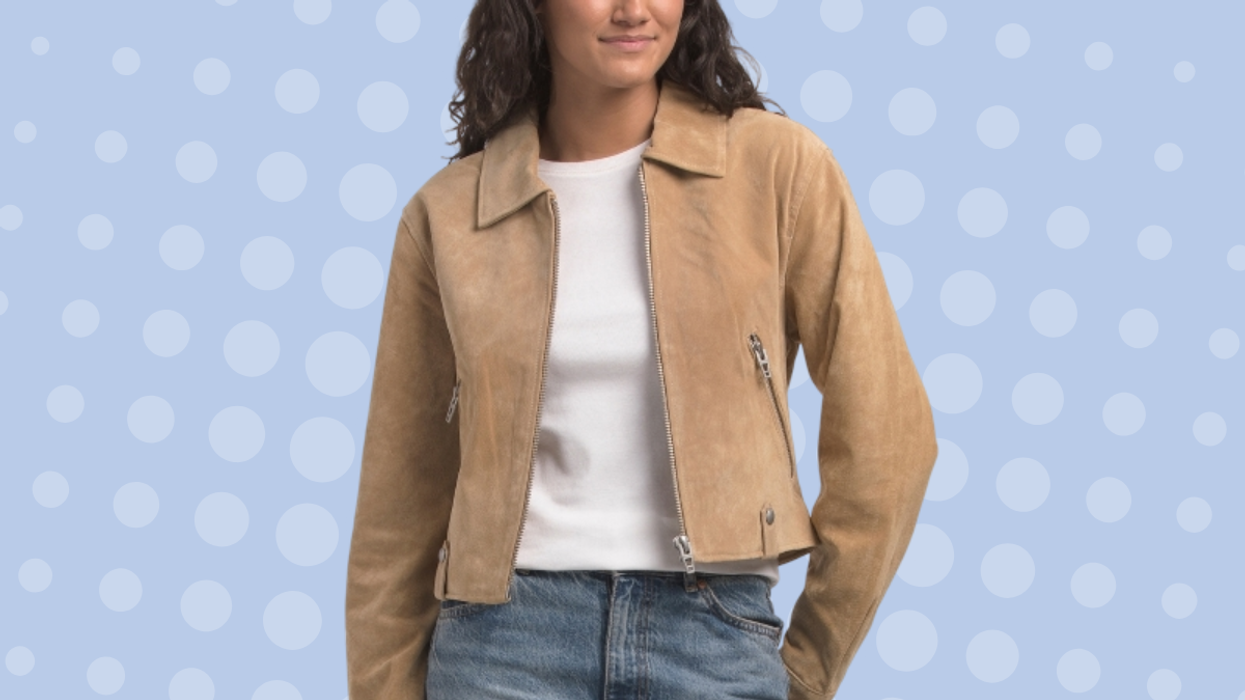Bathtime = bonding time.
Everything You Need To Know About Bathing Your Baby
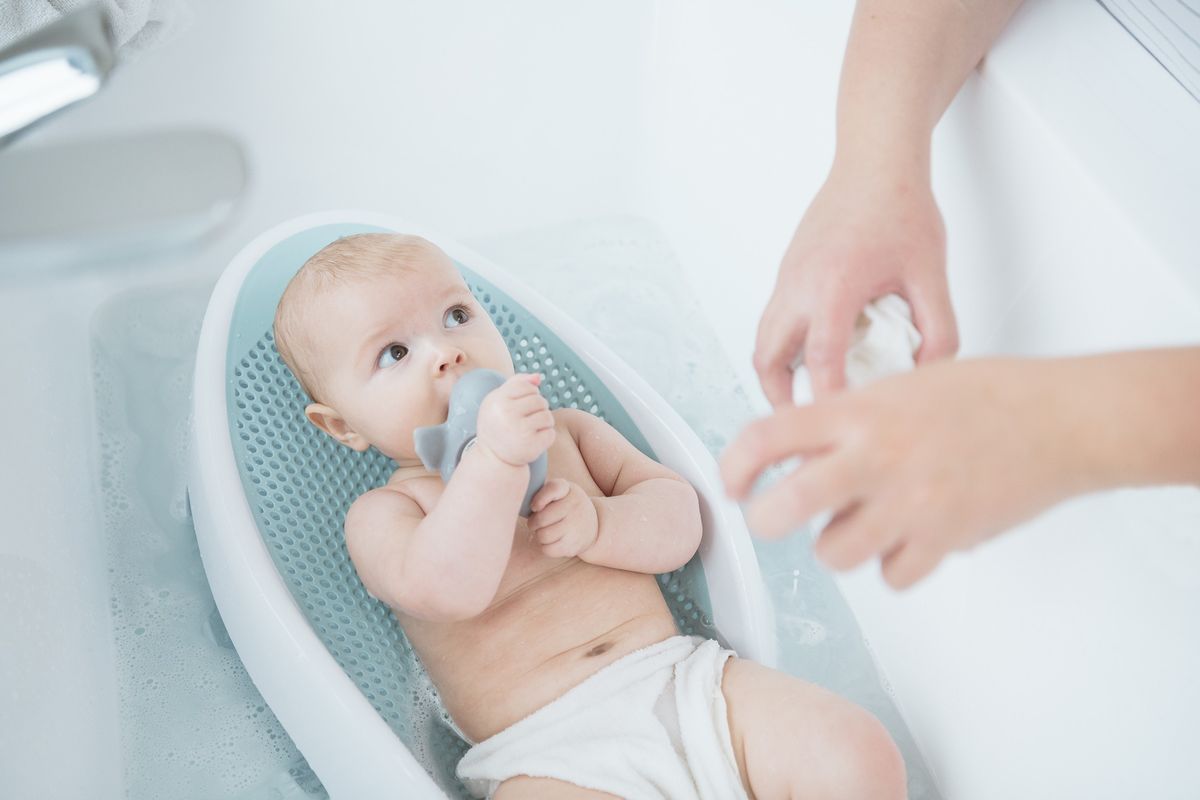
We’ve had a bit of a baby boom at Brit + Co recently, which is so exciting! But we also know that bringing home a newborn, especially your first one, can be an overwhelming experience. You’re instantly in love but there’s so much to figure out: how to get your baby to sleep, how to know when they’re hungry, how to soothe them when they cry, how to feed them, and of course, how to balance all of these new responsibilities with the very real need to get some rest yourself.
Our new Ask A Mom series – in partnership with our friends at Angelcare®, a parent favorite of innovative and easy-to-use baby products – offers real and practical advice to make everyday mom moments a little simpler. After all, our mom friends are the ones who get us through those early months and beyond! Our first topic: Baby’s first bath, which can be intimidating at first. Here, we answer common questions about bathing baby to make bathtime an enjoyable bonding experience for you and your little one.
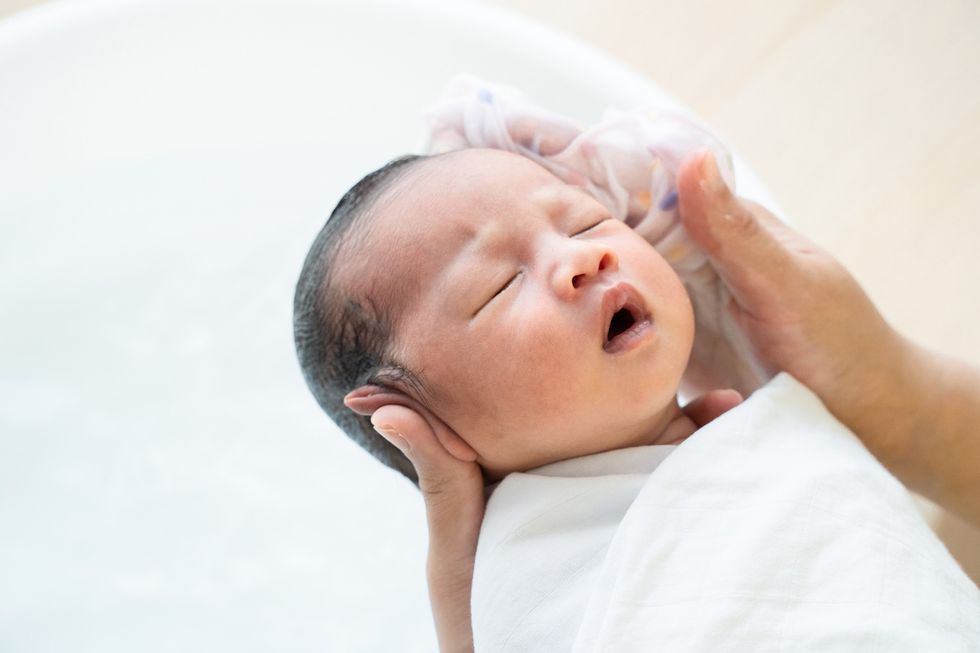
Q: What are dos and don'ts of bathing a newborn?
There are a few ways to make your baby more comfortable during their first baths. It’s totally new to them (and you!) so we’ll help ease the discomfort and step up the fun with these helpful tips.
DO Use A Reliable Bath Support
First things first: Using a baby bath seat is a must, because it holds your baby in place securely while you take care of business. The Angelcare® Soft Touch Baby Bath Support is a mom-approved favorite because it’s ergonomically designed to keep baby comfortably and securely positioned during bathtime. Place your baby gently in the seat and keep a hand resting lightly on their chest or belly to give them some light support while you gently cleanse them.
“I’ve used other tubs, and the Angelcare baby bath support is amazing,” says Brit + Co’s Kamelle, a new mom of two. “It’s made it so much easier to wash my daughter Kenzi’s hair. The slant is perfect for rinsing the shampoo off so that water goes away from and not toward her face. We all know babies don’t love water falling all over their face!”
DO Keep Essentials Nearby
Before starting your baby's bath routine, make sure you have all the essentials on hand as you won’t be able to leave once you get started! In addition to a comfy bath seat, you’ll want some mild baby soap, a soft washcloth, tear-free baby shampoo (skip this item if your baby doesn’t have hair yet, or if you’re using a soap/shampoo combo), and a soft towel to dry off your baby.
DON’T Leave Baby Unattended
This seems obvious but it’s a major safety concern so we’ll bring it up. Even as your baby gets older, never leave your baby alone near water, no matter how you have positioned your baby or how secure their location feels (another reason to have all those essentials nearby!).
DO Check The Water Temperature
The AAP recommends keeping your baby’s bath water at 120 degrees F or lower. Their bath water should be gently warm — never hot — and feel soothing on your elbow or wrist. Give it a test before bringing your baby into the bath. Angelcare’s bath support soft-touch material reaches your ideal temperature quickly so your baby doesn't have to feel a chill, creating a good start to a relaxing bath. It’s mold-resistant too and super easy to clean!
DO Give A Sponge Bath At First
Your baby’s umbilical cord stump should fall off within one to two weeks, but until that time comes, simply give them a sponge bath with a soft, clean cloth dipped in water and dotted with a mild baby soap. Gently wipe the areas of their body that need cleaning; generally, their diaper area, face, and hands, as well as under their chin. You can just rinse the other parts of their body with plain water, unless there’s been a mess or they’re otherwise in need of it.
After your baby’s umbilical cord stump has fallen off, you can offer baths with a little more water. But you don’t need to fill the tub up around your baby. Filling it up to where the water is lightly lapping their lower body is sufficient during the first couple of months.
DON’T Bathe Baby Too Often
Until your baby is crawling around and making messes, there’s really no need to bathe them every day. In fact, doing so can dry out newborn skin. Until you sense that your baby could seriously benefit from daily baths (many parents put this off until toddlerhood), aim to bathe them 2 to 3 times per week.
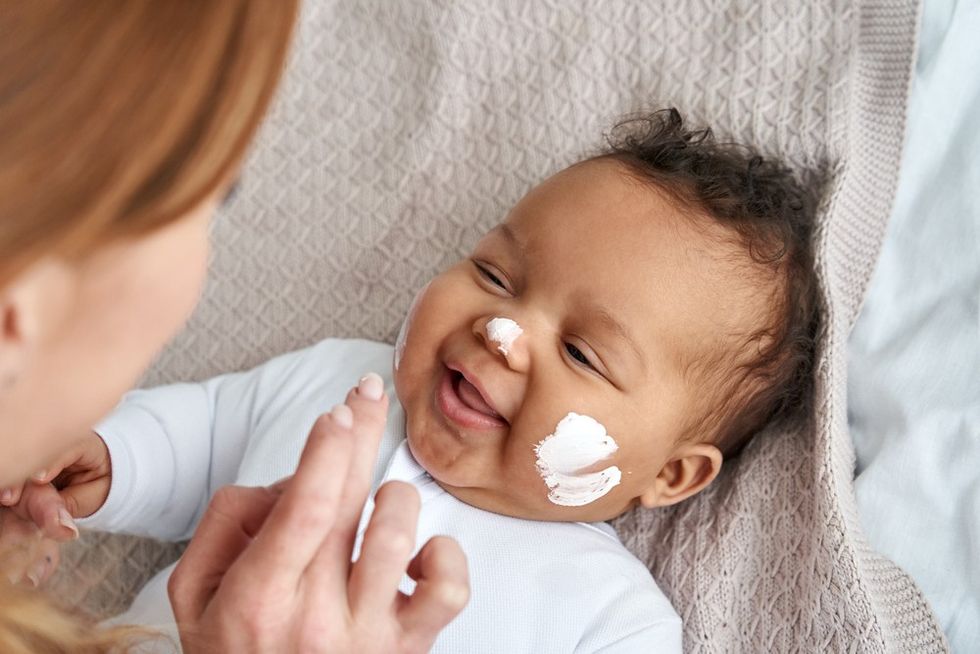
Q: How can I make baths more enjoyable for my baby and myself?
Baths are mostly a practical matter for newborns, as your baby isn’t yet capable of splashing around or playing in the water. But that doesn’t mean you can’t make baths more fun for your baby.
Singing to your baby during bathtime is a great way to help them feel safe and secure. Not only will they be comforted by the sound of your voice, doing so can establish a tradition of singing songs together that you can carry through into their early childhood years. You can walk them through what you’re doing too in a sing-songy voice to start introducing them to language.
Another great way to make bathtime more enjoyable is to incorporate it as part of a routine. Most families opt to make baths part of a nighttime routine, swearing that a warm, soothing bath helps their baby calm down and prepare for bed. The key is to keep things consistent: perhaps you feed your baby, give them a bath, read a story, and then put them to sleep. On non-bath nights, skip the bath but keep everything else the same. Over time, your baby will appreciate knowing what to expect, and it will help them anticipate bedtime when it’s around the corner.
Make the room more inviting too – keep the temperature moderate, dim the lights, perhaps have gentle music playing. With Angelcare® bath support, bathtime is so much easier and more enjoyable for parents because it gently cradles your little one while you focus on washing, playing, and bonding with your baby.

Q: What are easy ways to bond with my baby during bathtime?
Bathtime can be a beautiful bonding experience that you and your little one look forward to each time. Singing, talking, laughing, and smiling will ensure your baby relaxes during bathtime and that you both develop a stronger connection. While bathing, gently massage your baby’s arms, legs, and back. Keep eye contact, smile, and have fun! If you look at ease, they’ll likely feel more at ease too. As they start to sit up on their own, you can fill the bathtub with toys and bubbles, and read to them with water-proof bathtime books to continue the bonding experience.
Giving your newborn a bath might feel awkward the first few times, but don’t sweat it: as you and your baby learn more about each other and develop routines together, bathtime will feel more fun and enjoyable. Remember to check out Angelcare® Soft Touch Baby Bath Support for a comfy, relaxing bath every time too!
Main photo: Angelcare®


